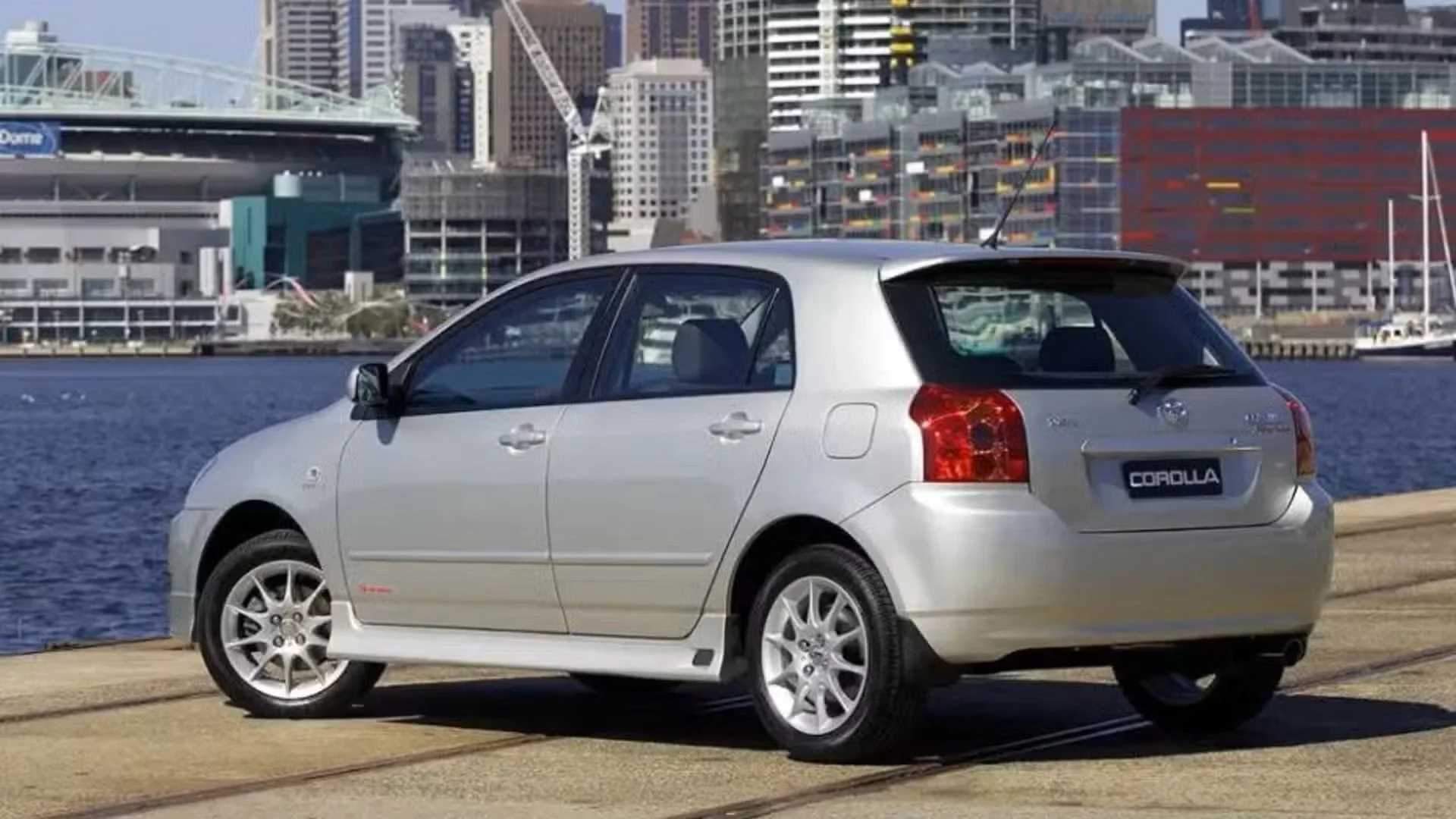Engine-pedia: Toyota screaming 2ZZ K-SERIES KILLER
The Toyota 2ZZ-GE is a fantastic, high-RPM, high-output performance four-cylinder engine, but it’s been vastly overlooked in favour of the Honda K-series. Why?
The 2ZZ is an outlier in an era where forced induction was the norm. Co-developed with Yamaha, this 1.8-litre NA four-cylinder focused on high-revving power and an innovative valvetrain, famously giving its host cars a "two-stage" power delivery that enthusiasts affectionately refer to as "Lift" and brings real Honda VTEC vibes.
The 2ZZ-GE was the high-performance variant of the lighter, economy-focused ZZ family (which included the 1ZZ-FE). Its design philosophy was simple: create a compact, lightweight engine that could achieve the power output of a much larger 2.2-litre engine while meeting strict emission standards.
Produced by Toyota from 1999-2006, and up until 2011 for Lotus, the ZZ family is an all-aluminium 1796cc inline four-cylinder with 11.5:1 compression ratio, 82mm by 85mm bore and stroke, and a DOHC cylinder head with chain-driven timing gear.
The 2ZZ-GE's defining feature is its VVTL-i system (Variable Valve Timing and Lift - intelligent), a significant evolution from Toyota's standard VVT-i (which only changes valve timing). The new system continuously adjusts the timing of the intake camshaft across the entire RPM range to optimise low-end torque and mid-range efficiency.
VVTL (Lift) is the game-changer. The camshaft has two distinct profiles (lobes) for both the intake and exhaust valves as the “low” lobe (7.6mm) is used below approx 6,000rpm for smooth idle and good efficiency, while the “high” lobe (11.2mm intake, 10mm exhaust) is a much more aggressive profile with significantly increased lift and duration.
An electronically actuated locking pin engages the high-lift rocker arm follower when specific engine speed (typically approx 6,000 to 6,700 rpm) and oil temperature thresholds are met, giving the engine a sudden and dramatic surge in power—the famed "Lift" sensation.
Power output varied slightly depending on the market and specific ECU tuning, with Lotus variants often featuring a higher redline. The US-market Celica GT-S produced 134kW (180hp) and redlined at 8200pm, while the JDM-spec Corolla T-sport and Celica 190 made 140kW (189hp) with the same redline.
The S2 Lotus Elise and Exige made 141kW (189hp) NA and relined at 8500rpm, but the Harrop supercharged Exige and S/2-Eleven bumped this up to 194kW (260hp) while retaining the wailing 8500rpm redline.
The 2ZZ-GE was typically mated to high-performance transmissions to handle its high RPM characteristics:
Manual: C60 6-Speed Manual (most common, featured in Celica GT-S, Corolla T-Sport, Lotus).
Automatic: U240E 4-Speed Automatic (Offered in some Celica GT-S and Matrix XRS models).
One of the 2ZZ-GE's greatest assets is its compact size and exceptionally low weight, achieved through its all-aluminum construction and thin Metal Matrix Composite (MMC) cylinder liners. The dry weight is listed at 115kg (254lb), spanning 652mm long, 608mm wide, and 659mm tall.
The 2ZZ-GE was the engine of choice for a number of focused performance models, designed for front-wheel-drive (FWD) and all-wheel-drive (AWD).
The 2ZZ-GE is celebrated for its factory strength. The high 11.5:1 compression ratio, combined with a robust chain-driven valvetrain and forged steel connecting rods, made it remarkably durable. While not initially designed for turbocharging, its all-aluminum block proved capable of handling significant forced induction when properly managed, leading to a vibrant aftermarket.
The engine's legacy lives on, particularly in the lightweight Lotus chassis, where its high-revving character provides a driving experience reminiscent of classic, small-displacement race cars, solidifying the 2ZZ-GE's place as one of Toyota's most technically impressive and exciting four-cylinder motors.




